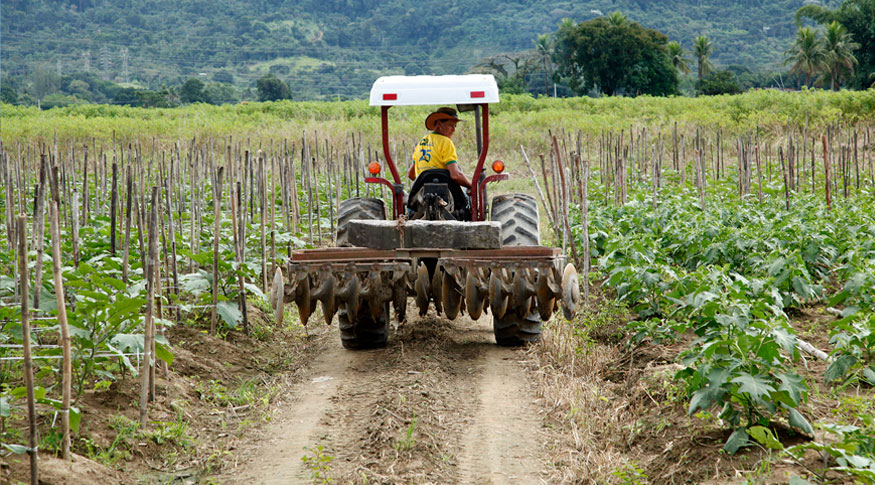Census of Agriculture 2017
With the increase of mechanization, agriculture loses 1.5 million workers
October 25, 2019 10h00 AM | Last Updated: October 29, 2019 02h44 PM

Mechanization has changed the profile of work in the field and has influenced the decrease of manpower in the sector in the last 11 years. According to the 2017 Census of Agriculture, released today by the IBGE, the number of establishments with tractor trucks increased by 50% against data in the previous Census, conducted in 2006. Throughout this period, the agricultural sector lost about 1.5 million workers. the number of employed persons in agricultural establishments fell by 8.8%, having decreased from 16.6 million persons in 2006 to 15.1 million in 2017. That figure includes the loss of 2.2 million family farming workers, and an increase by 703 thousand in non-family farming.
Besides tractor trucks, there was also increase of the number of establishments with other machinery, such as seed drills, combine harvesters, manure spreaders lime spreaders, and also means of transportation such as trucks, motorcycles and airplanes. It is possible to observe a trend in the use of machinery in agricultural establishments in the time series. The use of tractor-trucks has recorded increase since the 1975 Census of Agriculture.
According to Antonio Carlos Florido, technical manager of the Census of Agriculture, the process of mechanization has been a growing and continuous one. “The more automation, the fewer people in production. That has taken place in all the sector of the economy, not only in the agricultural sector,” he says.
Manual work has been replaced by agricultural machinery, which, according to Mr. Florido makes workers search for qualification to operate the machines. “About three years ago, the harvesting of sugarcane in São Paulo was manual. The sugarcane plantation would be set on fire and a lot of workers would cut the cane. Then came an environmental law that prohibited the manual cutting of sugarcane. Then that workforce was replaced by a harvesting machine, " Mr. Florido says.
According to the technical manager, a machine like that can do the work of approximately 100 persons. “If a person does not have qualifications they will have to do manual work, and manual works coming to an end. If you have a machine that can do the work of 100 persons, knowing how to operate is the same as having a job," he highlights.
Another piece of information presented by the latest Census of Agriculture is the aging of producers. The percentage of producers over 65 years of age increased from 18% to 23% in the last 11 years, whereas that of producers between 25 and 35 years of age fell from 14% to 10%. “The producer is getting older, the average number of persons is smaller. The person begins to try to make more money and ends up in another activity. So there is aging without replacement, right?" Mr. Florido adds.




















